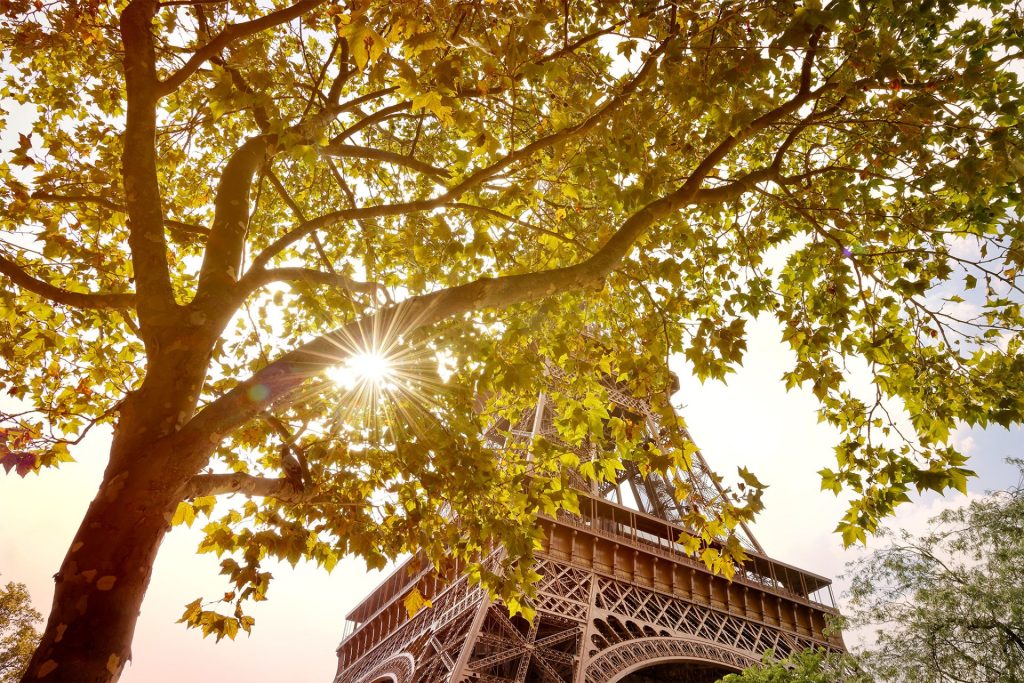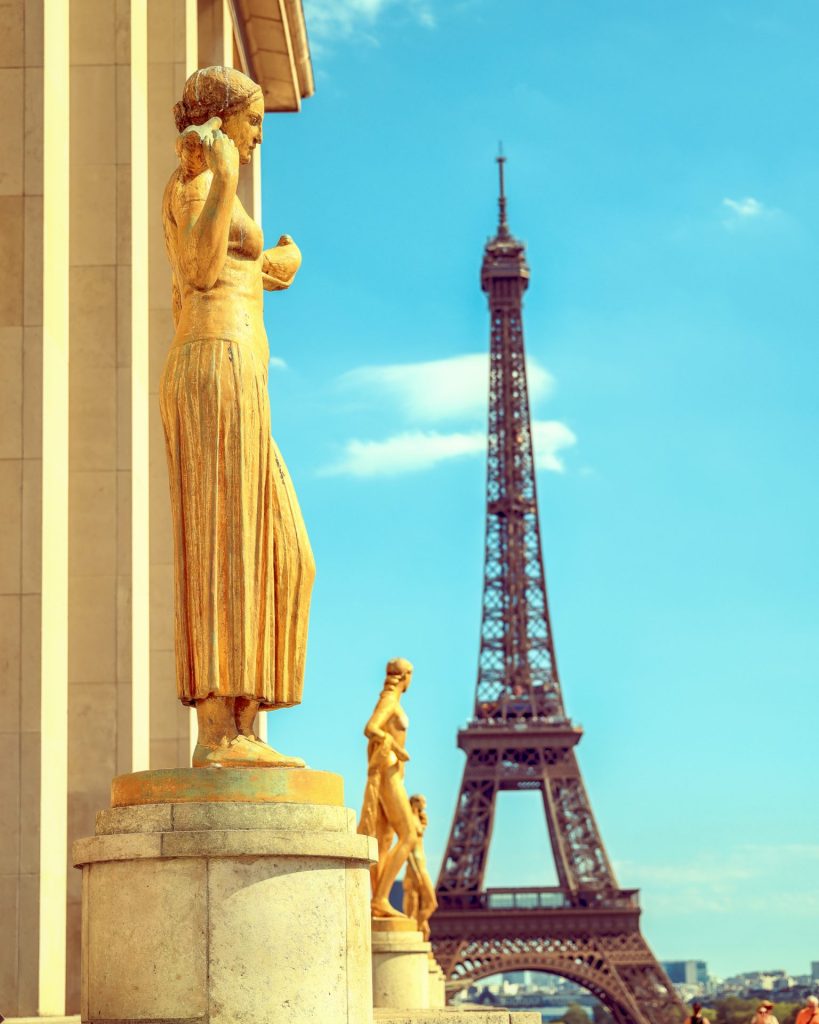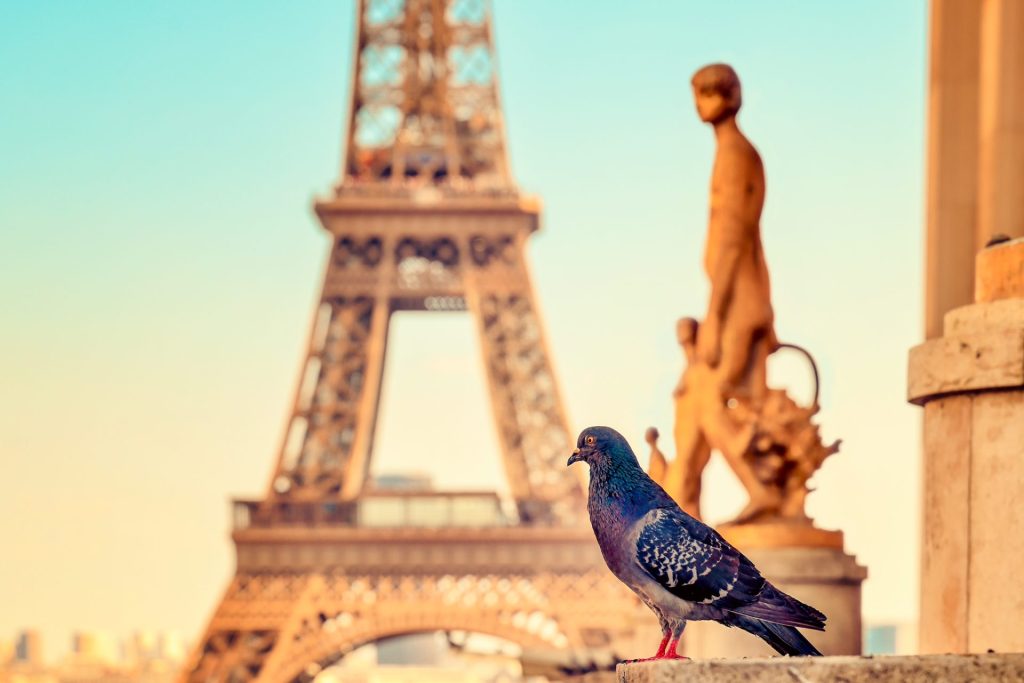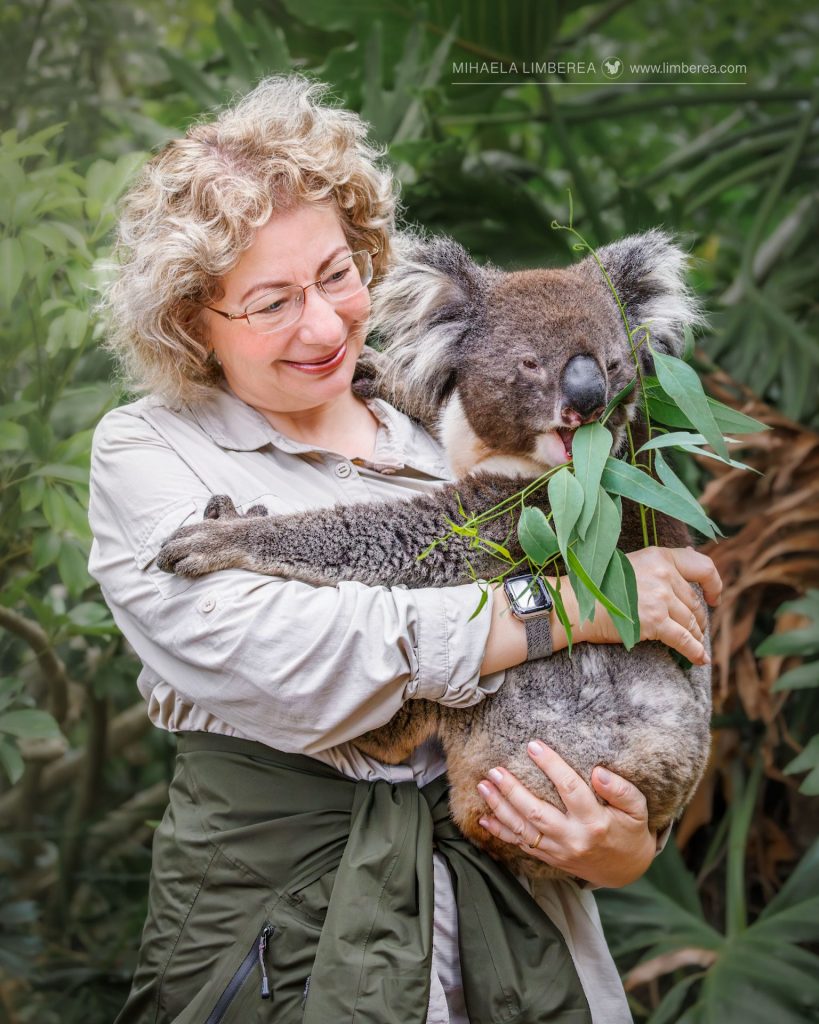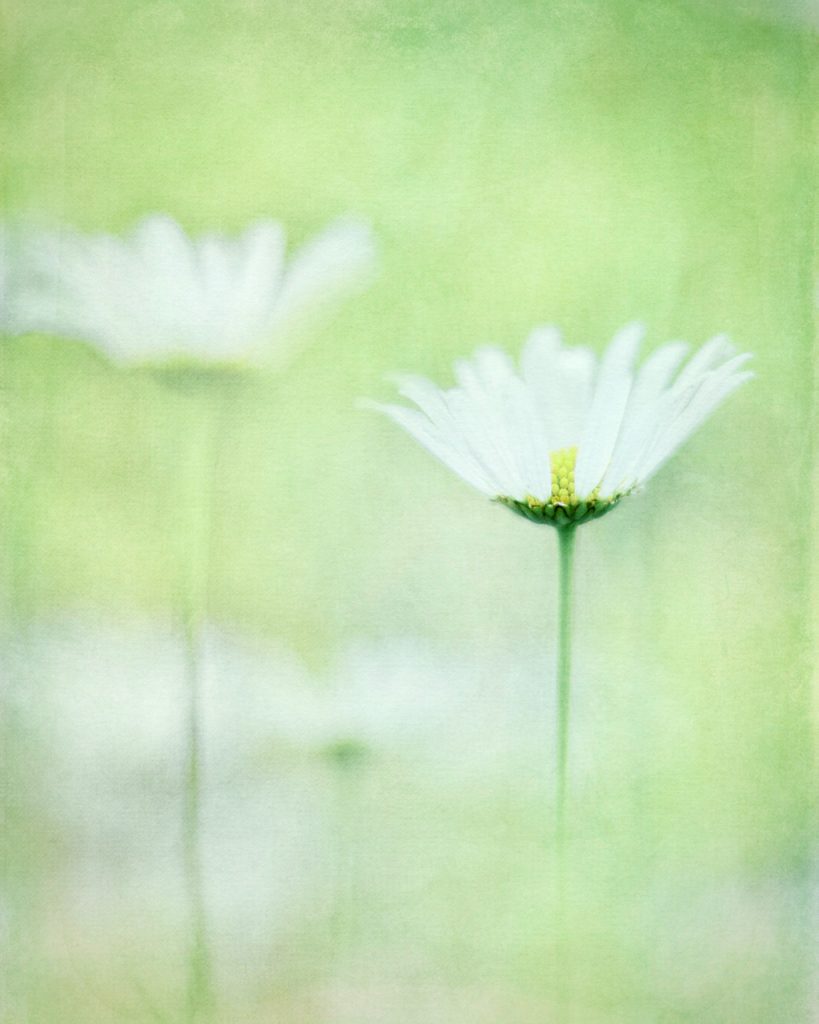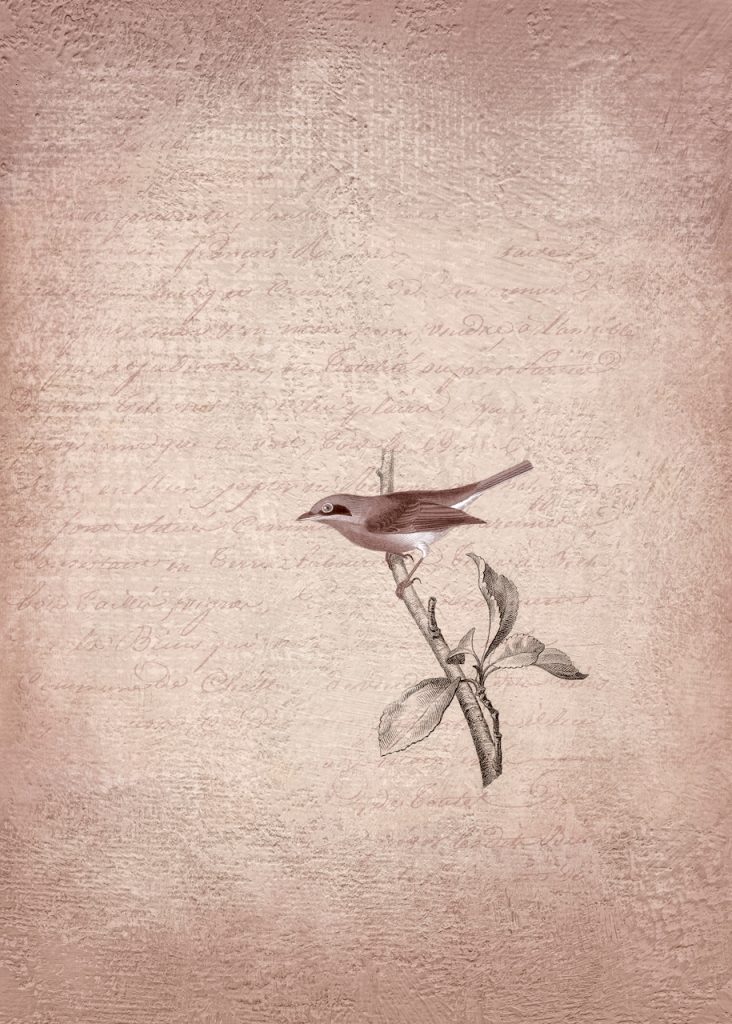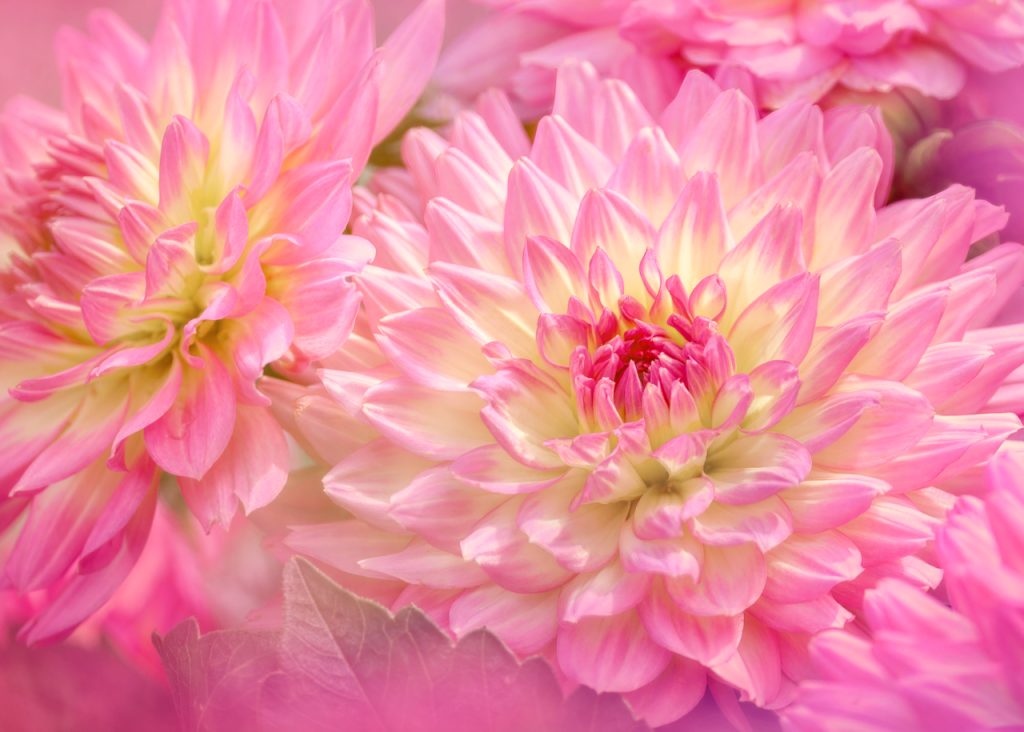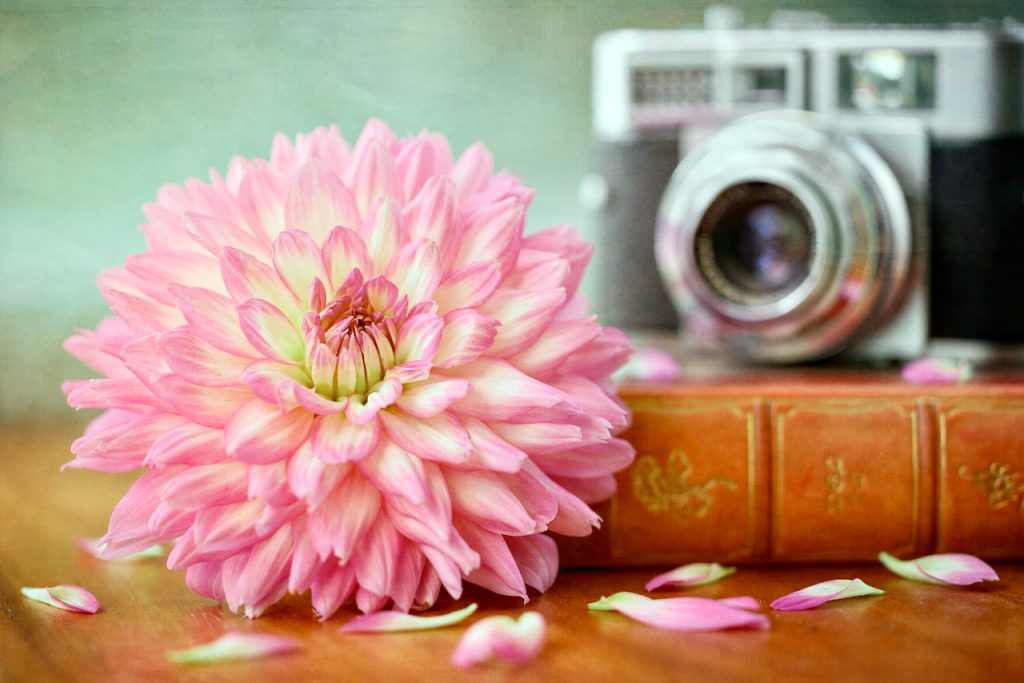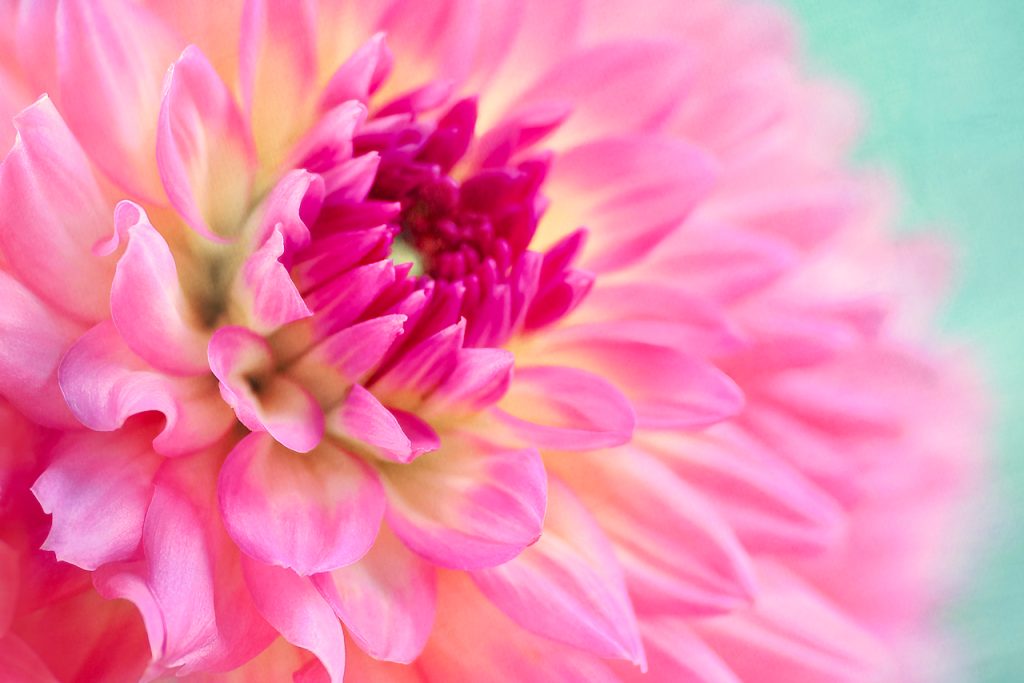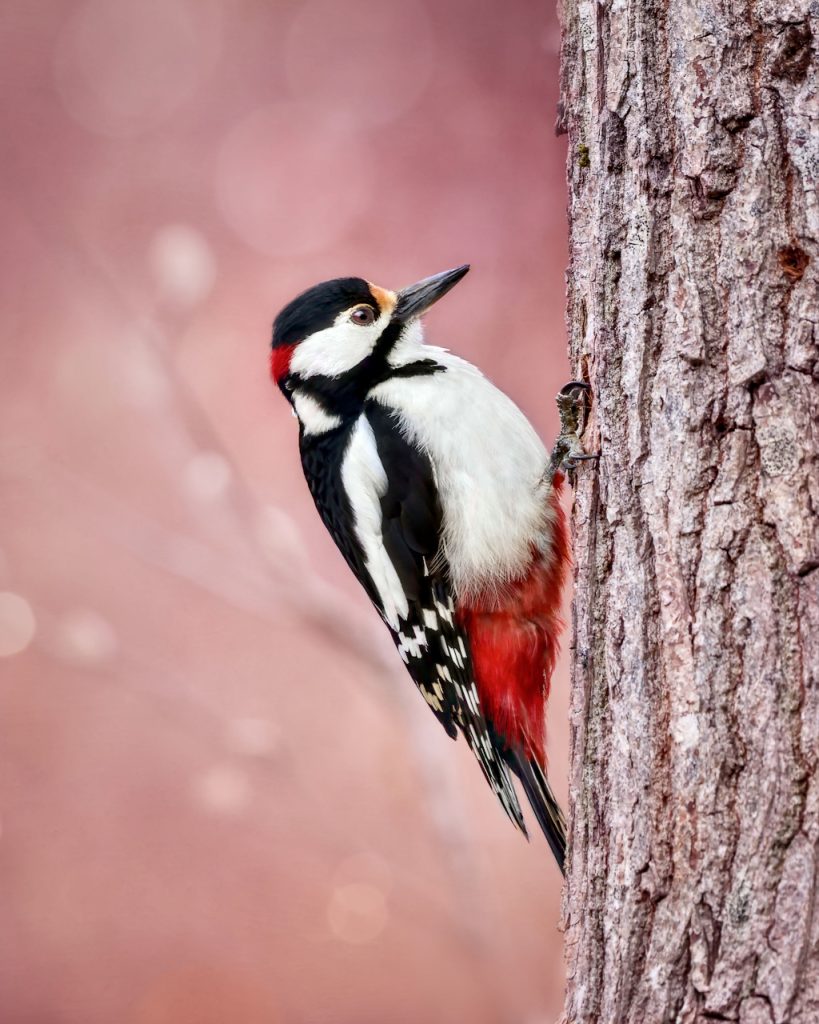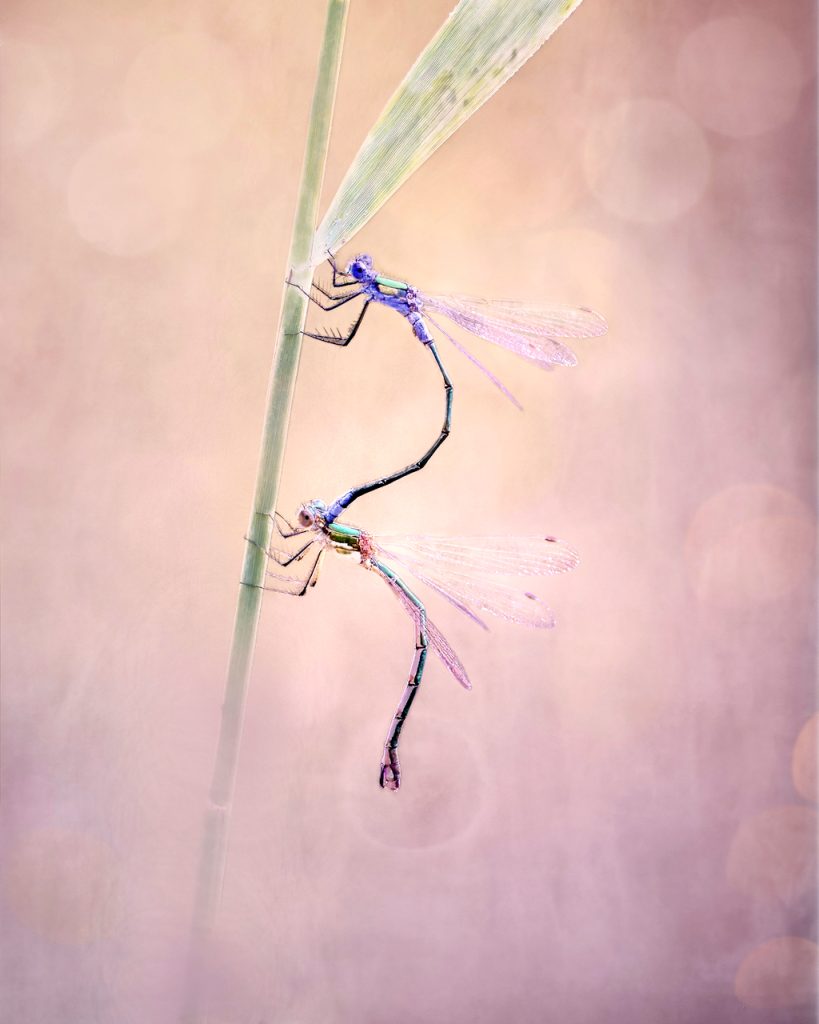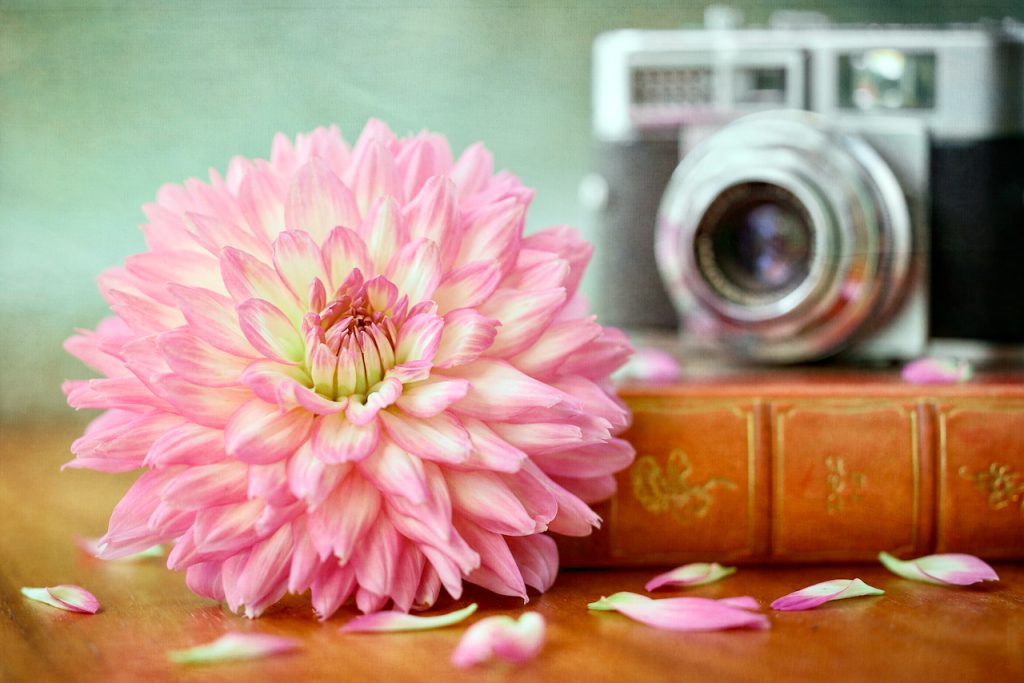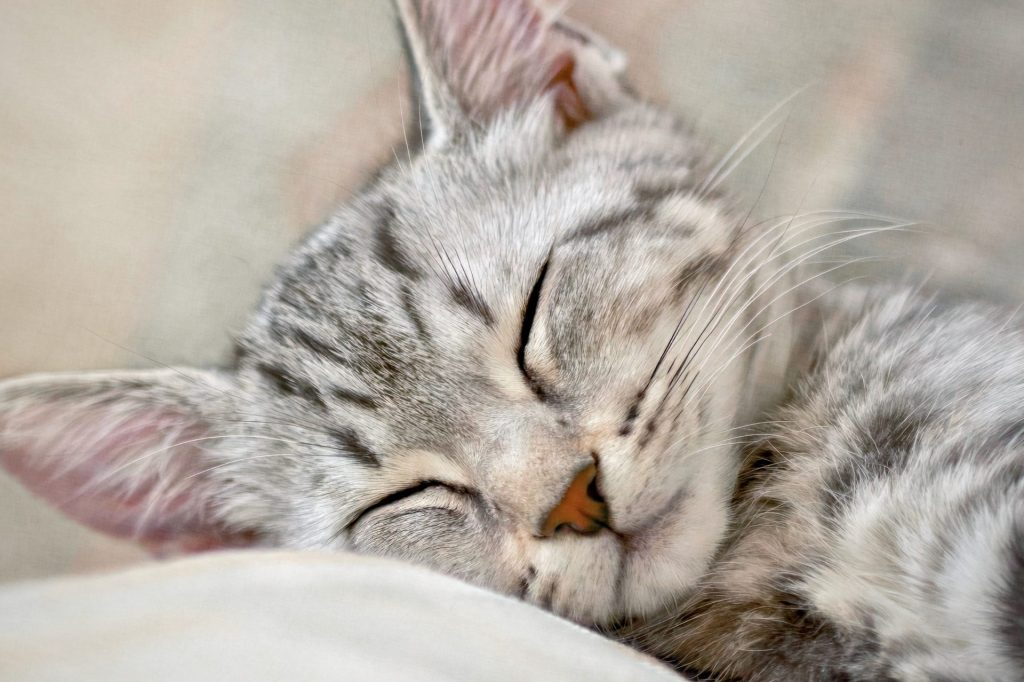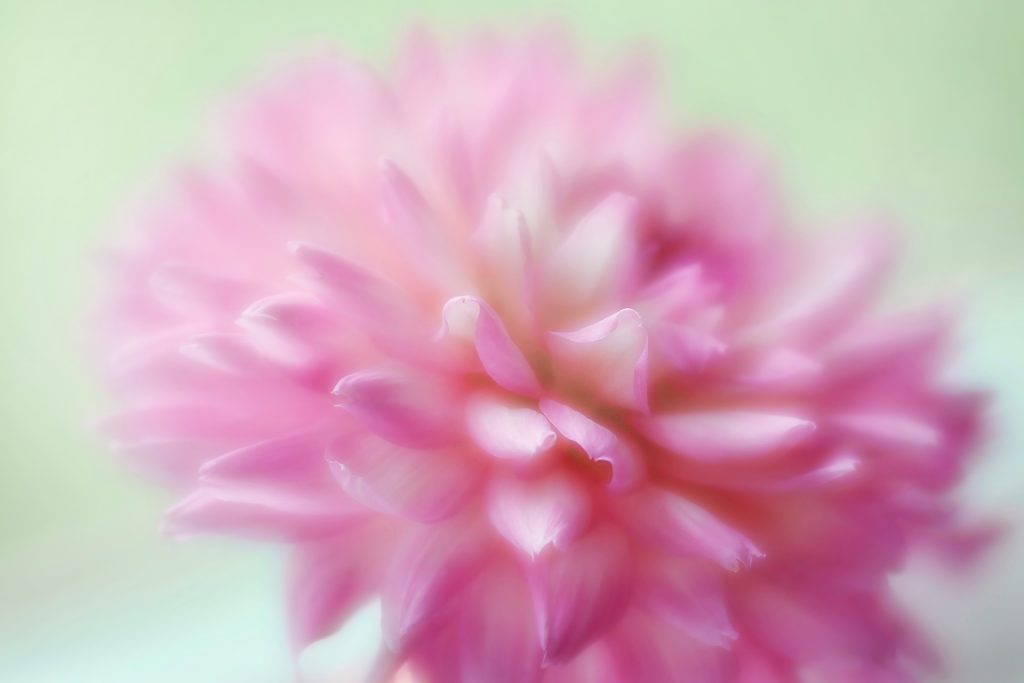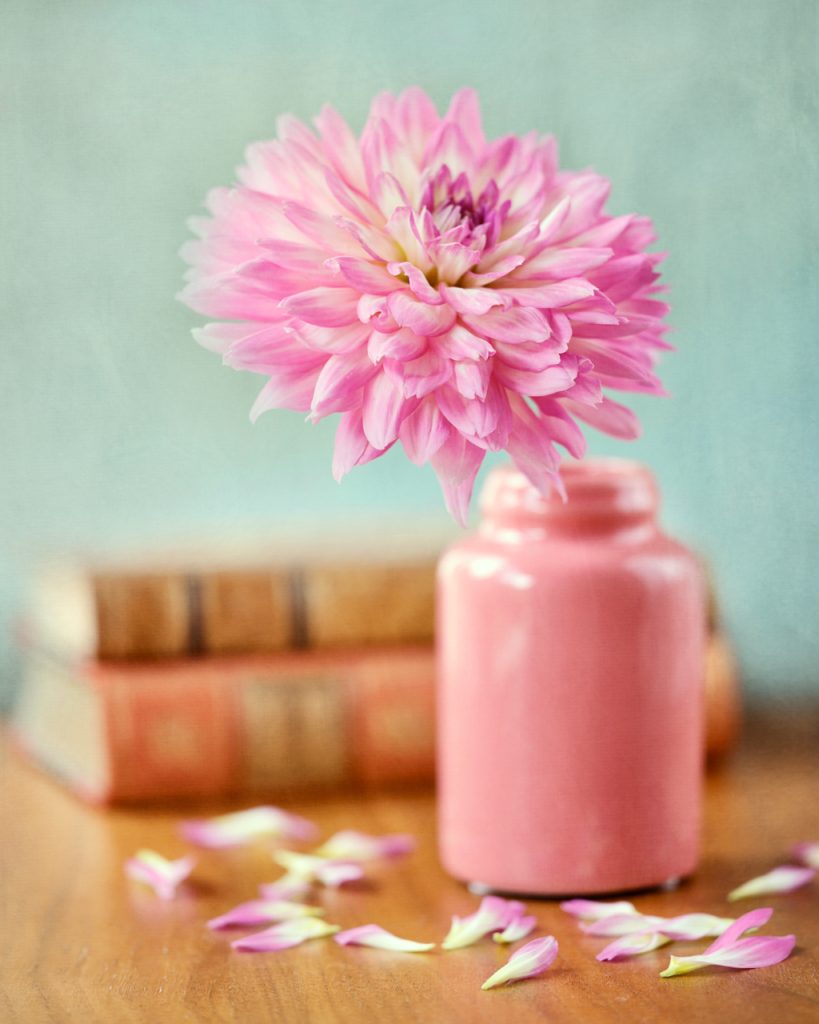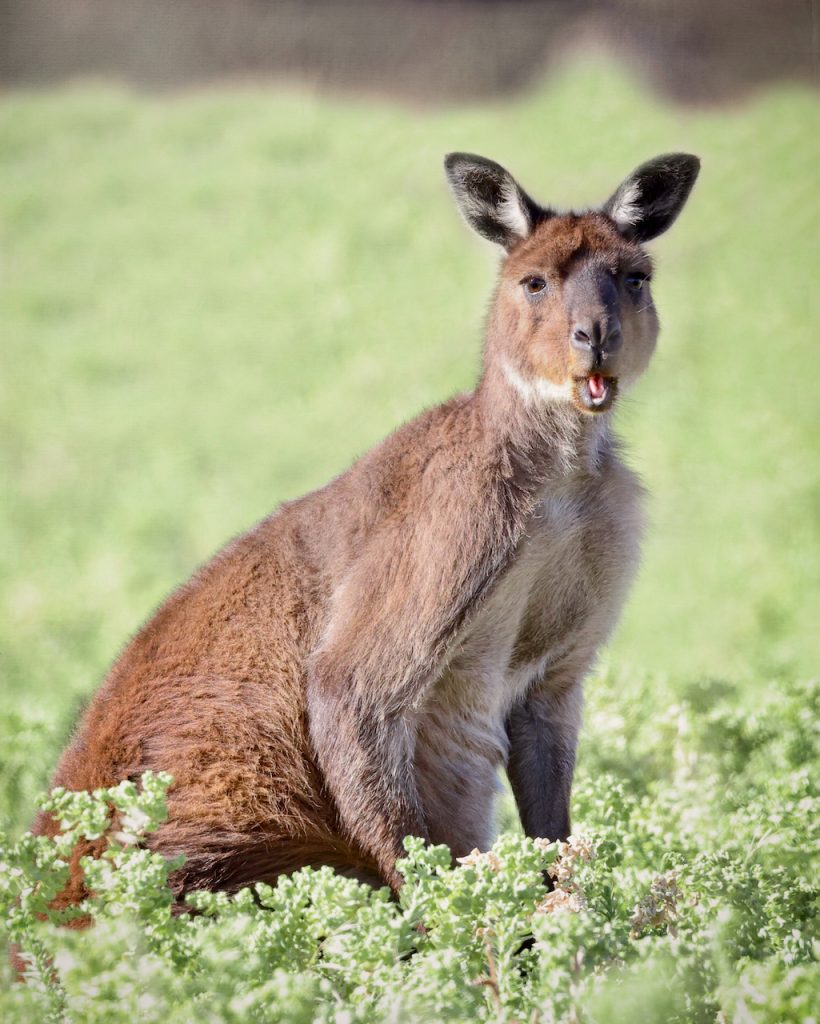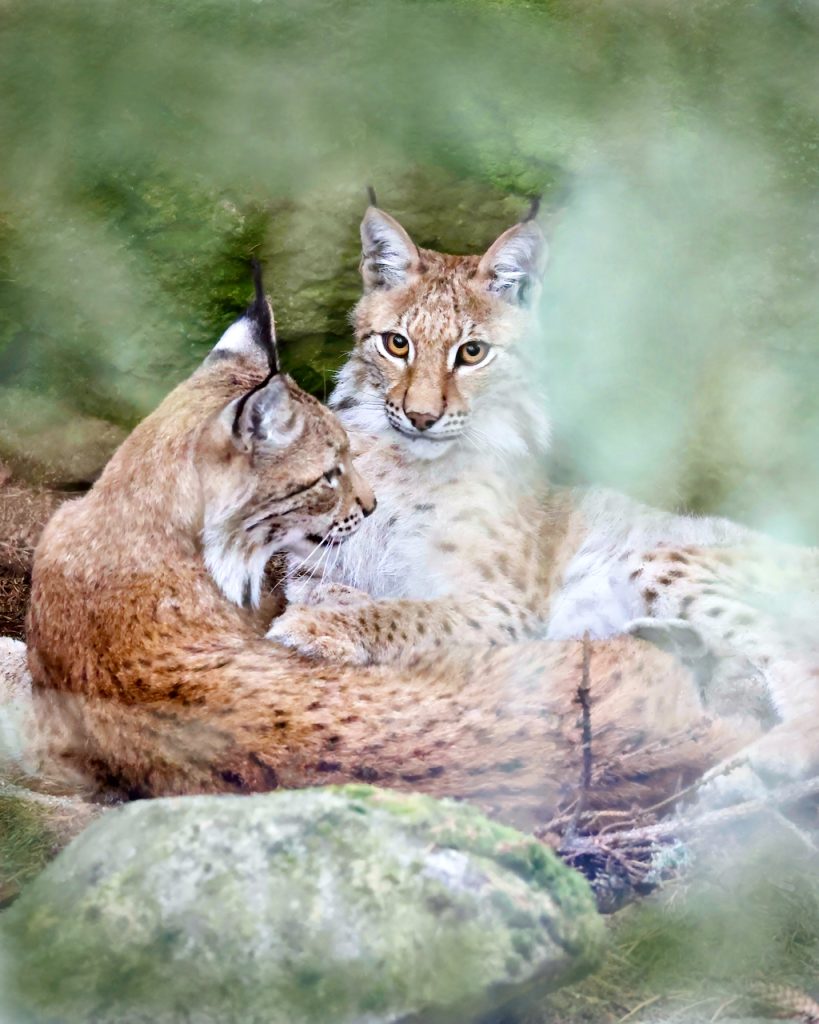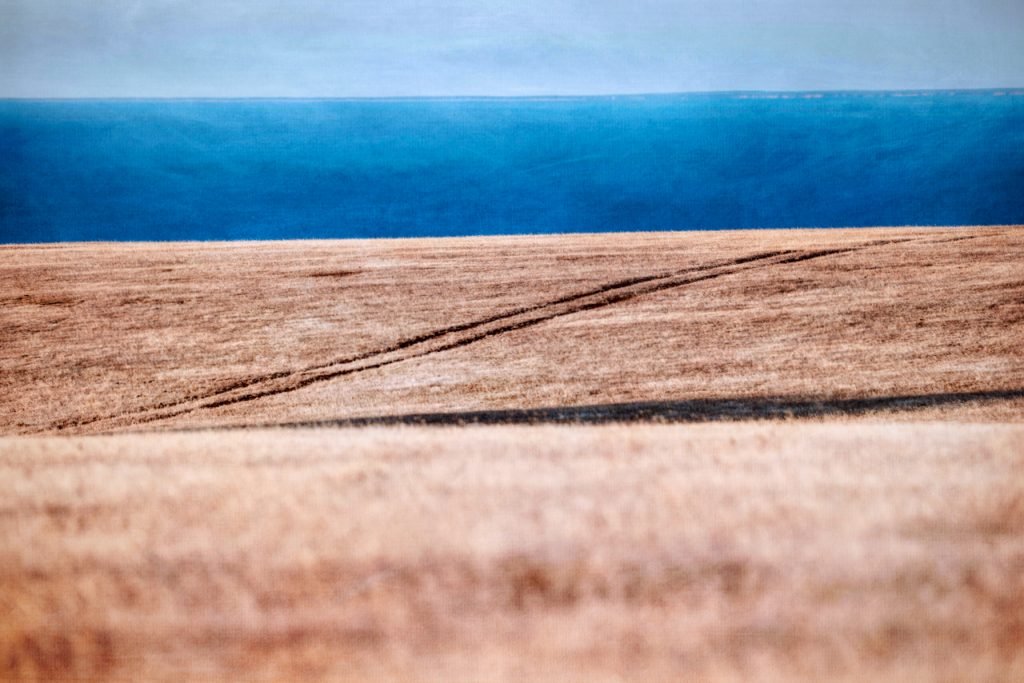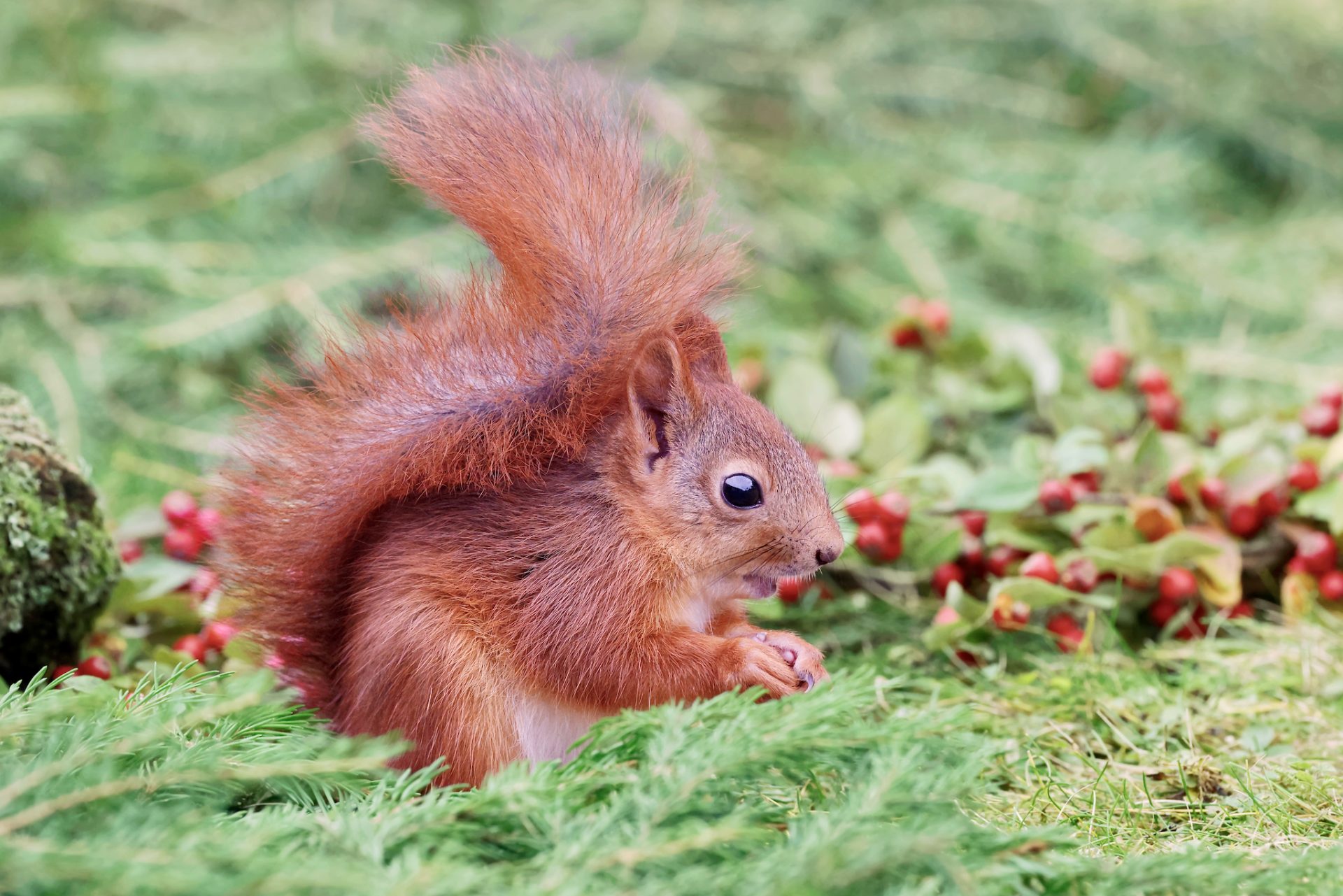
Although my plan was to photograph flowers when I left Microsoft, my photo library began to fill with more and more wildlife photos instead.
When we bought a new house upon relocating from Switzerland, it came with a large garden. The garden was, in fact, one of the main reasons we bought the house. I always loved animals, so naturally, I wanted it to be a wildlife-friendly garden. Not so much manicured lawns and formal flower beds but a place where animals, birds, and insects would thrive. A wildlife heaven.

Four years on, I can safely say we succeeded. We have identified over fifty species of birds (so far!) coming by to sample the food on offer or drink/bath in one of the many bird baths; insects love the flower beds planted with pollinator-friendly flowers, the tiny insect water holes we set up here and there, and the insect hotels we offer in winter, free of charge; and animals are roaming the grounds day and night.
So far, we’ve got deer (oh, how they love my flower beds!), red squirrels, foxes, rabbits, and badgers (only short visits, none have taken up residence, thank God!). Unfortunately, there are no hedgehog sightings yet. However, I did prepare a corner in the backyard for them, with a huge pile of dry leaves, twigs, and water nearby. I’m still hoping, though.

Naturally, I wanted to document the process. It was so much fun seeing the garden transform and more and more animals and birds coming by! One thing led to another, and I’m now, somehow, a wildlife photographer, too.
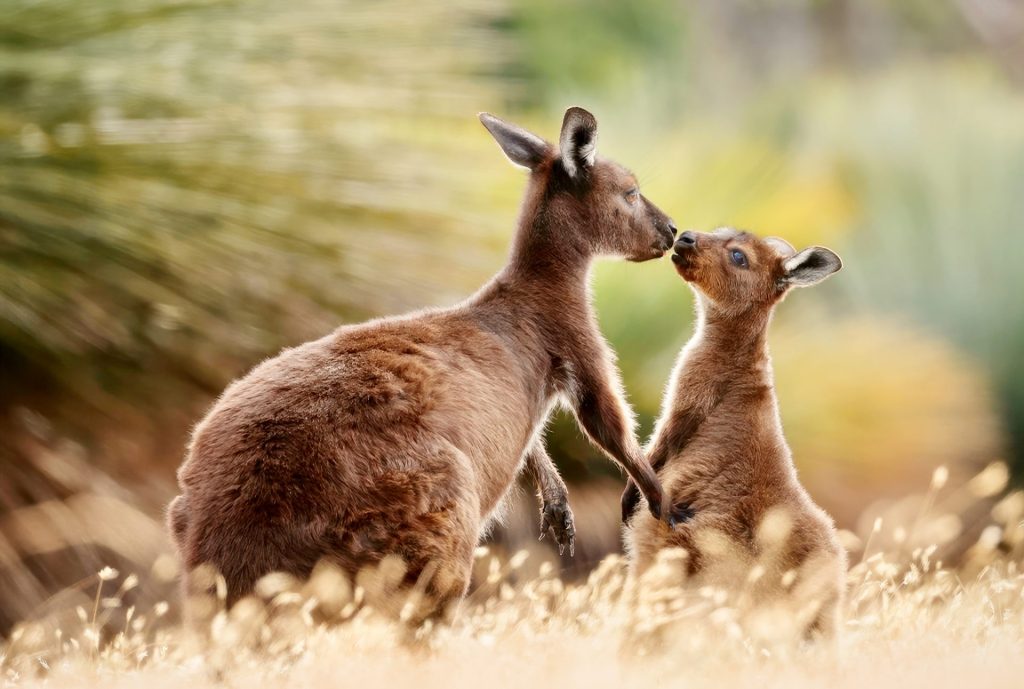
I’ve started traveling to photograph wild animals, and it was so exciting! Combining my love for Australia with wildlife photography was the ultimate experience. I’m looking forward to more trips and meeting more animals and birds in their natural habitat.

I reflected on my journey to wildlife photography as today, October 4th, is World Animal Day. My love of animals brought this amazing transformation into my life, for which I’m forever grateful.
“If we can teach people about wildlife, they will be touched. Share my wildlife with me. Because humans want to save things that they love.”, Steve Irwin said.
Now, this is my mission, too. Share beautiful photographs of the amazing creatures we share our planet with, share my wildlife, and touch people’s hearts. Because humans want to save things they love.
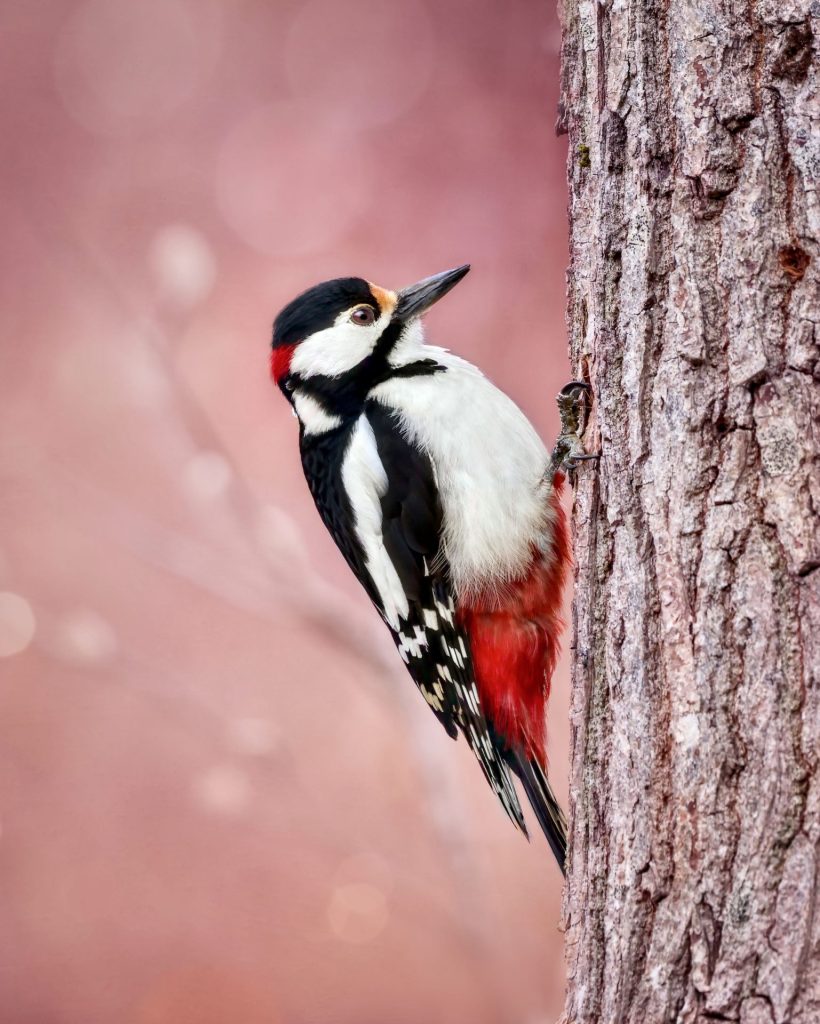
October 4th is Animal Day, but every day should be animal day. We share this Earth with others, and the topic of animal rights isn’t about animals only but about us, too. Let’s build a world where both animals and humans can thrive. Animals also have a right to live free lives unharmed and unexploited.
“He who is cruel to animals becomes hard also in his dealings with men. We can judge the heart of a man by his treatment of animals.” – Emmanuel Kant. Some food for thought.
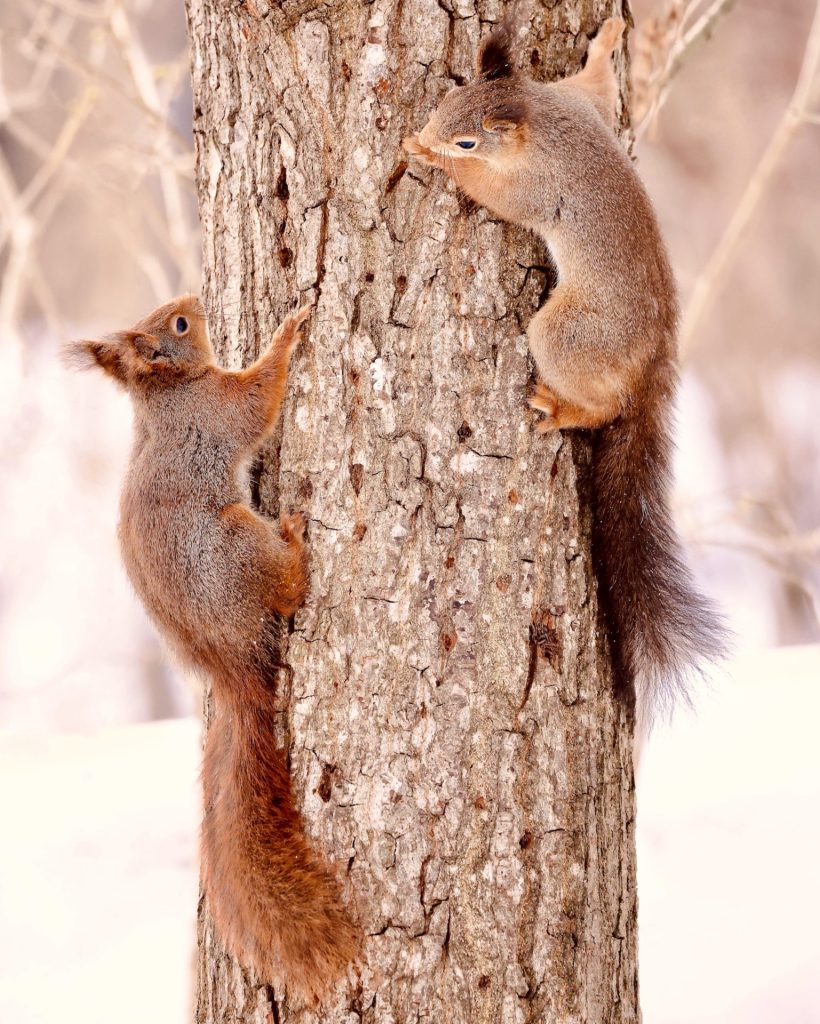
If you care about animals, there are a lot of things you can do to help them, for instance:
- Spread the message, not only on this day but all year. Every day should be animal day.
- Support an animal charity by raising funds, donating, or volunteering to work for one.
- Donate supplies to an animal shelter (towels, toys, medicine, etc.).
- Become a fan. Like and follow your local animal charity or shelter on social media and share their posts.
- Adopt a rescue animal or become a foster.
- Make your garden or balcony a haven for wildlife to find shelter, food, and water.
- Support companies that don’t test on animals.
- Support fur-free fashion.
- Do not support animal attractions.
- Fight poaching if you can.
- Draw attention to cruelty.
- Take a stand against overfishing, pollution, habitat destruction, and other threats to animals.
- Educate children to show compassion for animals.
- Help change the laws by signing petitions, e-mailing your local representatives, and involving your friends (share campaigns and social media posts).
“I hold that, the more helpless a creature, the more entitled it is to the protection by man from the cruelty of man.” – Mahatma Gandhi
Related Posts
If you liked this post, share it on your preferred social network or forward it to a friend.
